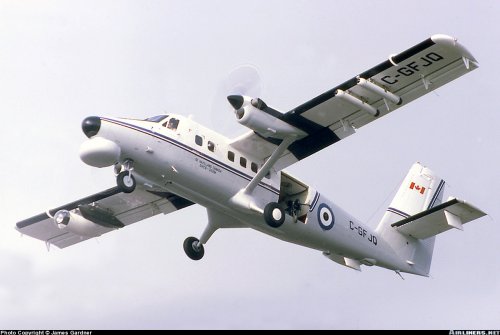John21 said:
Of course you could give them back to the Marines or even...gasp, the ARMY.

I'm sure those 100-200 less F-35s could EASILY pay for 10-15 squadrons worth of light weight and fairly cheap CAS/FAC/ISR aircraft along with all required maintenance material and support.
Heresy, that makes far too much sense. Even simpler, rather than bring the Bronco back into production, take an existing, in-production light twin and militarize it. For example, a Viking Air DHC-6 Series 400 Twin Otter with full fuel (five hours plus reserves at 150 knots) and two crew still has 3,000 lbs left over for countermeasures, sensors and stand-off precision guided weapons. Those weapons could be palletized for release out the cargo door or you could mount a light automatic cannon (20mm, 25mm, 30mm) there to play baby Puff the Magic Dragon. That Twin Otter can operate out of anywhere even remotely resembling an airstrip. Keep the modifications to a minimum through palletized equipment packages and the unit cost would be less than $10 million (2012 price of the new Series 400 was $7 million). That means you could quite literally have a dozen of them for less than the price of one F-35 and I bet the operating costs for all twelve combined would be less than the one F-35 as well.


